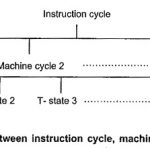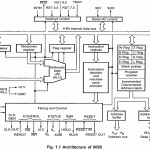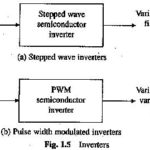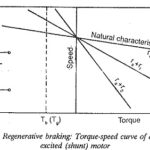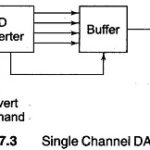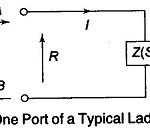Instruction Cycle of 8085 Microprocessor
Instruction Cycle of 8085 Microprocessor: During normal operation, the microprocessor sequentially fetches, decodes and executes one instruction after another until a halt instruction (HLT) is executed. The fetching, decoding and…
